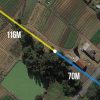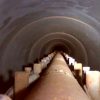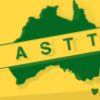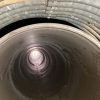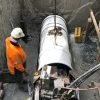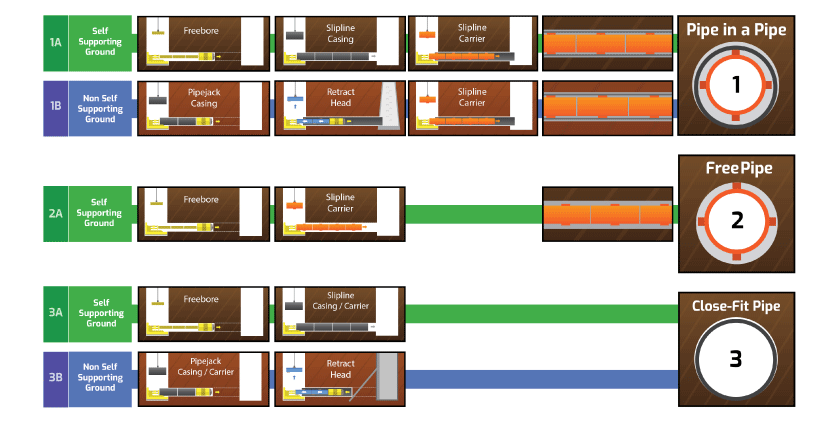A groundbreaking Special Interest Group (SIG) has been established to formulate Microtunnelling Design Guidelines for Sewers.
The group compromising of Designers, Contractors, Pipe Manufacturers and SWC Design Engineers will be meeting throughout 2016. Jim Shooter of Pezzimenti Tunnelbore, originally proposed the concept to the ASTT and is chairing the group.
The trenchless industry has grown substantially over recent decades as technologies improve and benefits of trenchless techniques prove their value particularly in urban areas. Along with this demand has come the need for designers, particularly in the water industry, to produce designs which are constructible, economic and of good quality.
Most of the knowledge, capability and risks associated with trenchless techniques has been developed and stored within the specialist contractors not the designers. There is a need for this knowledge to be transferred to designers to enable the designer to produce the best design possible. Due diligence requires the designer to keep themselves informed of current best practice.
In some jurisdictions (e.g. Sydney Water) the cost of new sewers for new housing developments as well as programmed capital works is paid for by the water authority. Pipeline designs are often completed by private sector designers and reviewed by the water authority.
It is the best interests for all in the industry to ensure the latest technology is known by the industry as a whole to ensure maximum quality at a minimum cost.
To this end and under the auspices of the Australian Society for Trenchless Technology (ASTT), a Special Interest Group (SIG) has been established to formulate Microtunnelling Design Guidelines for Sewers (MDG-S). The group compromising designers, contractors, pipe manufacturers and SWC design engineers will be meeting throughout 2016 to compile the Guidelines.
The Aims of the Guidelines are to:
- Increase the understanding of Designers in a variety of microtunnelling techniques.
- Assist Designers to fulfil due diligence requirements for their design.
- Provide guideline options to enable a solution which will minimise the cost of microtunnelling without loss of quality of the works.
- Increase the confidence of the client (Water Authority) in the proposed Design
- Minimise the time taken for the client (Water Authority) to review and approve microtunnelling projects.
- Reduce the unit cost of microtunnelling in order to make the trenchless option more economically competitive with open cut.
- Be applicable to all methods of microtunnelling




